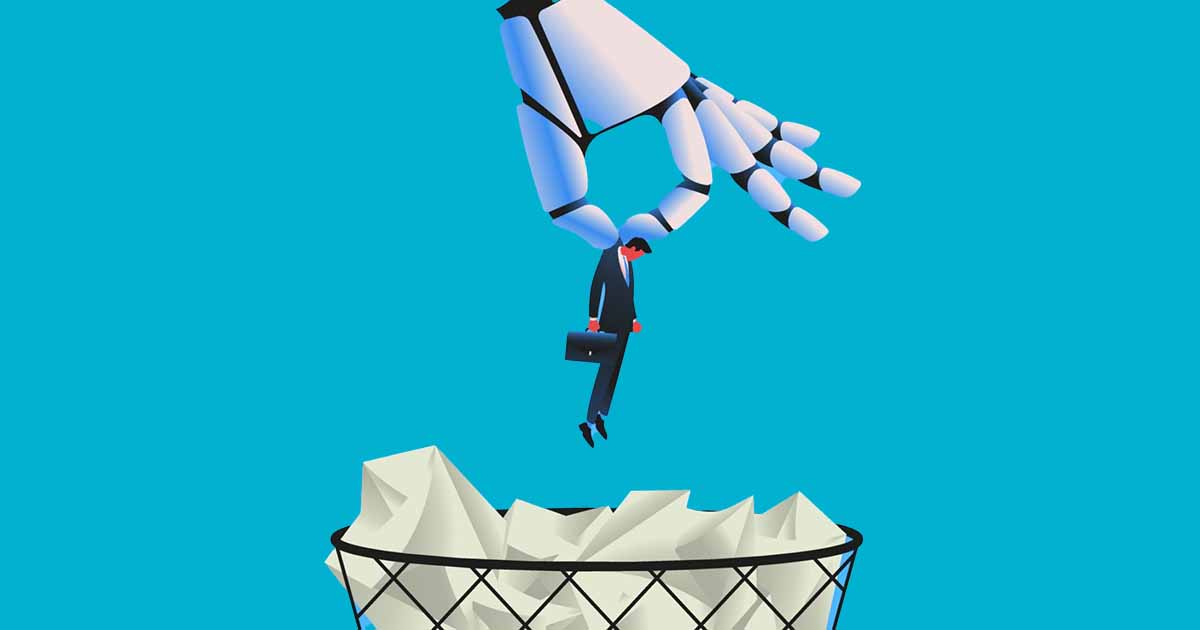In today’s world, the rise of artificial intelligence (AI) is reshaping industries, economies, and the very nature of work itself. As AI technologies continue to advance, discussions about their impact on employment have become increasingly important. Many fear that AI will lead to widespread job displacement, while others argue that it will create new opportunities. Let’s delve into this complex issue to understand the balance between job displacement and job creation brought about by AI.
Understanding Job Displacement:
Job displacement refers to the situation where workers lose their jobs due to technological advancements, including AI. Automation, a key component of AI, can replace human labor in various tasks, leading to layoffs in some sectors. For example, automated systems in manufacturing plants can replace assembly line workers, and self-driving vehicles may replace truck drivers.
This displacement can be particularly challenging for workers in routine or repetitive tasks that are easily automated. These workers may face difficulties finding new employment opportunities, especially if they lack the skills needed for emerging roles in AI-driven industries.
Exploring Job Creation:
Despite concerns about job displacement, AI also creates new job opportunities. As businesses adopt AI technologies, they require skilled workers to develop, implement, and maintain these systems. Roles such as data scientists, AI engineers, and machine learning specialists are in high demand as companies seek to leverage AI for competitive advantage.
Moreover, AI can augment human capabilities, leading to the creation of new roles that combine human intuition with machine intelligence. For instance, AI-powered tools can assist doctors in diagnosing diseases more accurately or help financial analysts make better investment decisions.
Additionally, AI-driven innovation can stimulate economic growth, leading to the creation of new industries and markets. Startups and entrepreneurs are leveraging AI to develop innovative products and services, creating employment opportunities in emerging fields such as autonomous vehicles, virtual reality, and personalized healthcare.
Striking a Balance:
To navigate the impact of AI on employment effectively, it’s crucial to strike a balance between job displacement and job creation. Policymakers, businesses, and educational institutions must work together to ensure that workers are equipped with the skills needed for the jobs of the future.
Investing in education and training programs that focus on AI-related skills can help workers adapt to the changing labor market. Upskilling and reskilling initiatives can empower workers to transition into roles that are less susceptible to automation and more aligned with the demands of AI-driven industries.
Furthermore, fostering a culture of lifelong learning is essential to enable individuals to continuously update their skills in response to technological advancements. By promoting a growth mindset and providing access to learning opportunities, societies can empower individuals to thrive in an AI-enabled future.:
The impact of AI on employment is multifaceted, encompassing both job displacement and job creation. While AI-driven automation may lead to the displacement of certain roles, it also presents opportunities for innovation and the creation of new jobs. By embracing AI responsibly and investing in the skills of the workforce, we can harness its potential to drive economic growth and prosperity while ensuring that no one is left behind in the transition to an AI-powered world.


